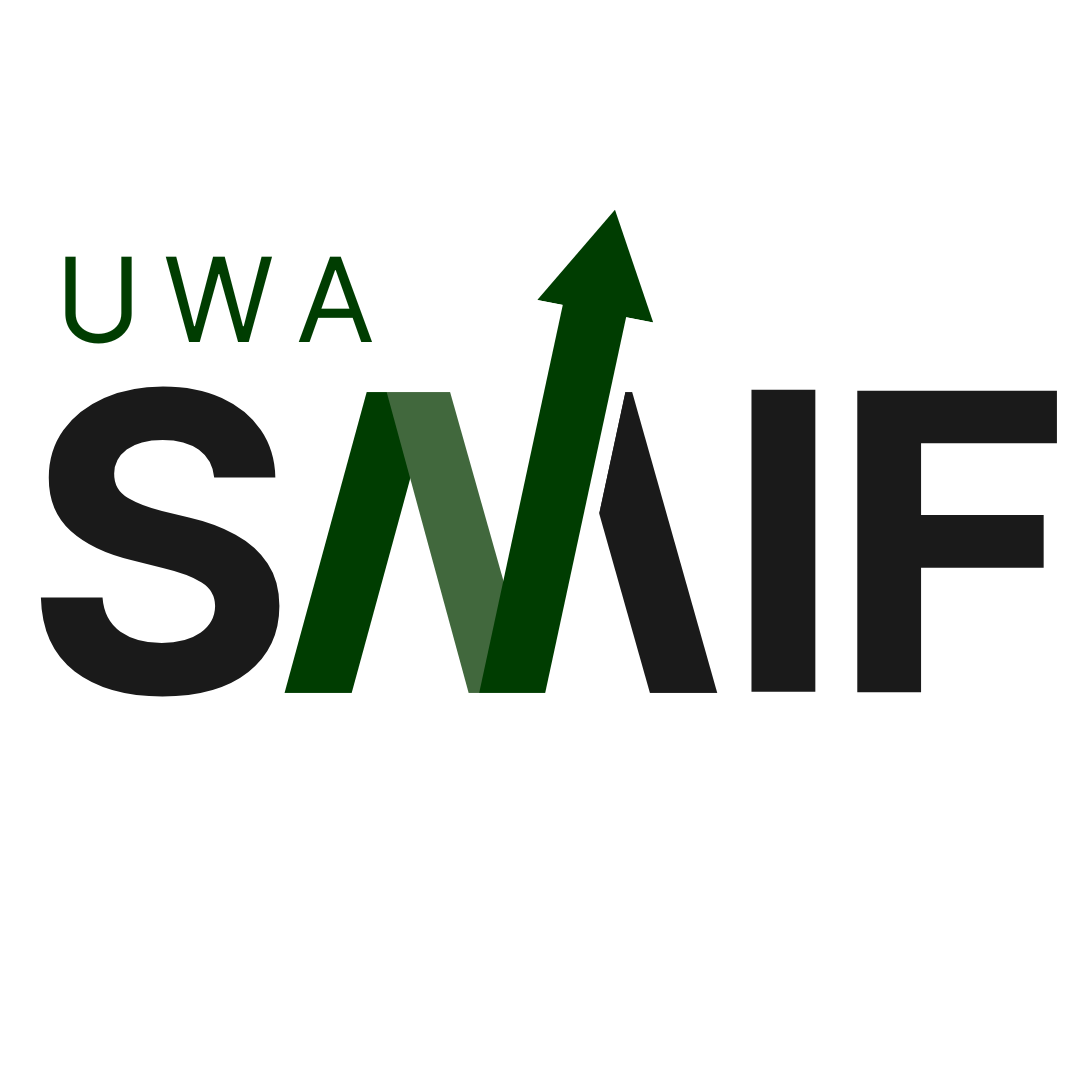Ahhh “Negative Gearing”, buzz words you’ve probably been glad to hear less of since the commotion surrounding the federal election has finally died down. Believe it or not, these are the two words that have recently been thrown around more than the role of Prime Minister in this country – shocking, I know. So you may ask, what is Negative Gearing? Well, simply put Negative Gearing is a practice that allows investors in property to reduce their tax paid on other income, if the interest repayments on their property loan exceed the rental income received from the property (i.e. they make a capital loss). This allows property investors to realise gains if the capital appreciation of the property is greater than the capital loss from interest repayments.
The primary reason that Negative Gearing was such a hot button issue in this past election, was the fact that it is has been a contributing factor to the inflated prices in the Australian Housing market – bringing up questions of housing affordability for first home buyers and owner-occupiers. Although negative gearing has definitely been a contributing factor to the rise of property prices, there are a multitude of other factors that have also contributed, spearheaded by the increase in risk aversion in the economy and the resultant flocking to safe haven assets (like property, gold etc.)
Given all the talk in the election about Negative Gearing, the position of the Government has remained unchanged. The Government has stated a commitment to keeping Negative Gearing in place, but also commented that any inadequacies in the system will be reviewed. However their position is facing criticism from the Labor Party in particular, who have been very strong on their stance to change Negative Gearing. The Labor party came to the election with a plan that proposed restrictions on Negative Gearing to newly built homes from July 2017.This in unison with a halving of the capital gains tax discount from 50% to 25% aimed to boost housing supply by reducing the benefits of investing in property to profit from capital appreciation.
As the debate between the major parties continue, the looming reality of a dip in the property market still remains. The hidden fragility of the Australian housing market is beginning to show with the largest decrease in rental rates on record last quarter. In addition to this, a somewhat mixed economic outlook was conveyed by the RBA on the back of their August cash rate cut to 1.50%, indicative of the risk-averse nature of the market at present. Jointly, these recent findings suggest that the Australian economy is not in a strong enough position to roll the dice with changes to Negative Gearing. If any change, no matter the degree, were to be pursued by the government, speculation on the property market could make housing prices incredibly volatile and prone to speculative crashes in the future. Additionally, private sector investment has already been staggeringly low over the last 2 months; a shock to our housing market could decimate already low business confidence and substantiate a significant loss of wealth for Australian investors.
All in all, Negative Gearing still remains hotly contested issue in Parliament for very valid reasons. Unfortunately with the housing market showing signs of decline and the uncertain economic outlook ahead, changes to any policy could set off speculative effects that could be very dangerous to the economic stability of our nation. Although there may not be any policy action on Negative Gearing at this time, what I do expect to eventuate from these circumstances is more concentrated debate on the issue. So much so that ‘Save Medicare’ and ‘Jobs and Growth’ may be the buzz words of the past!
Nathan Bandara
